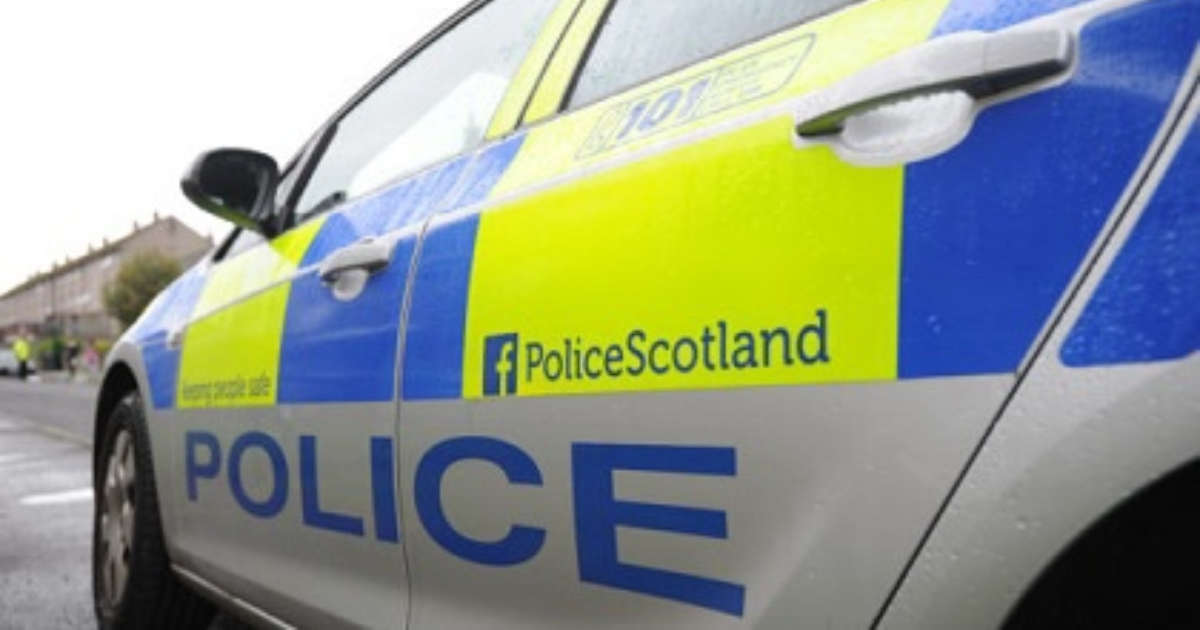
We're being urged to prioritise protecting our skin this summer.
Jackie Howie, a dermatology nurse specialist, said “There’s no such thing as a healthy tan; tanning is the skin reacting to damage and going darker to prevent further harm.
"The only safe tan comes out of bottle, so if the weather is ‘taps aff’ then it’s also ‘suncream on’. If you are out and about in sunny weather, whether for work or for pleasure, you need to apply plenty of sunscreen and top it up regularly.”
Pack a High Factor
Dr Sanja Rajpara, a consultant dermatologist, added: “A high factor sun cream is in most people’s suitcases when they head abroad, but it’s just as important if you’re pottering in the garden or picnicking in a park at home.
"Human skin is fragile, and it needs to be protected. The sun’s UVA rays cause wrinkling and premature ageing, while burning can lead to skin cancer, which is the most common cancer in the UK.”

Top Tips
The team have developed some top tips for everyone to remember when out in the sun – at home and abroad:
-
When it comes to SPF, 30 is fine, but 50 is fabulous. The number gives an indication of how long it will take UVB rays to redden the skin with product, compared to no product.
-
Be generous. NHS advice is to use 6-8 teaspoons worth, per person, per application to ensure all over coverage
-
Find a friend to help with any tricky to reach areas. Always remember the back of your neck, your ears, your hands, and your lips.
-
Give your sunscreen time to absorb and do its job properly
-
Reapply regularly – at least every two hours and more frequently if you’ve been swimming.
-
Stay in the shade between 11am – 3pm wherever possible; this is when the sun is at its highest and strongest.
-
A wide brimmed hat and sunglasses with UV protection are essential.
Ashleigh Davidson, cancer nurse specialist, says: “While the SPF will tell you about protection from UVB rays, there is no internationally recognised rating system for UVA protection.
"Some companies use a ‘star rating’ so I’d recommend people to look for a product with 4 or 5 stars, along with a high factor SPF to tackle UVB rays. If there aren’t any stars, you should look for a product which states it offers broad spectrum protection."
“Getting out in the sunshine is great for our physical and mental health and we want people to enjoy good weather; the crucial message I want to get across is do it safely!”
Katie Adair, staff nurse in the dermatology team, says: “All the advice we’ve given goes double for young children. Their skin is even more delicate and must be protected, so we wouldn’t recommend using anything lower than SPF 50 for them.”


 Laurencekirk station marks 15th year with one million journeys milestone
Laurencekirk station marks 15th year with one million journeys milestone
 Man, 30, jailed for serious sexual assault in Aberdeen
Man, 30, jailed for serious sexual assault in Aberdeen
 Man charged after £300k worth of cannabis found
Man charged after £300k worth of cannabis found
 Woman becomes first from Aberdeen to reach Everest summit
Woman becomes first from Aberdeen to reach Everest summit
 13°C
13°C
 15°C
15°C